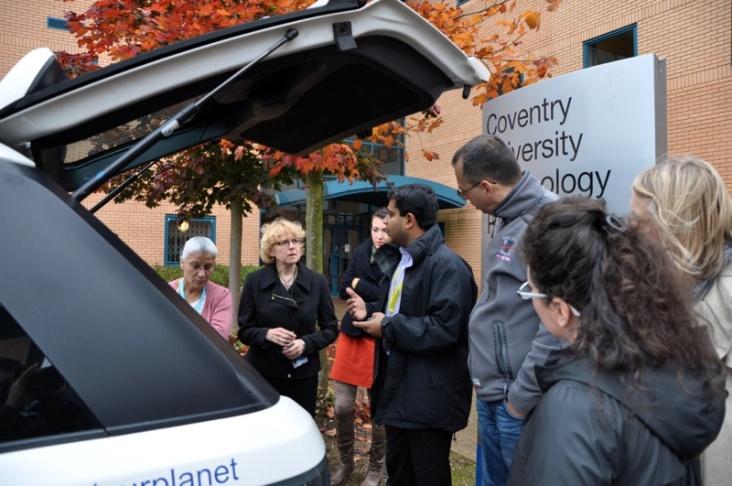
23 minute read
Conditions
Designing Social Prescription Services to Support People with Long-Term Conditions
Barry Henderson a
Advertisement
, Karen Kirby b , Adrian McCann a
, Deirdre McKay c , Leeann Monk d#
, Maurice Mulvenna e* , Jennifer Neff d#
, Maurice O’Kane c , Terence Quigley f
a
C-TRIC Ltd, Northern Ireland, UK b School of Psychology, University of Ulster, Northern Ireland, UK c Altnagelvin Hospital, Western Health and Social Care Trust, Northern Ireland, UK d
In Your Element Ltd, Derry, Northern Ireland, UK e
TRAIL Living Lab, University of Ulster, Northern Ireland, UK f
School of Creative Arts and Technologies, University of Ulster, Northern Ireland, UK
*
Corresponding author: Maurice Mulvenna md.mulvenna@ulster.ac.uk #
Community based study leads: Leeann Monk and Jennifer Neff inyourelement@outlook.com
Abstract
This paper outlines a small study undertaken to assess user perspectives on the concept of social prescription services. Social prescribing is a mechanism linking patients in primary care with non-medical sources of support within the community. The work presented here supports the idea of patients becoming ‘active partners’ by providing health literature that is designed to suit their health literacy along with a service which introduces patients to actual programmes and services in their local area which suit their specific condition. By using innovative digital technology patient engagement is encouraged leading to greater self-care and independence in relation to long-term condition management.
Keywords
Social prescription, long-term conditions, self-care, patient engagement, health literacy, diabetes, obesity,
1 Introduction This paper discussed the concept of social prescription, and the rationale behind the need for non-pharmacological interventions for those suffering from long-term conditions.
The paper outlines the background to the work undertaken and includes a review of the literature. The paper then describes the methodology of the study and presents the initial findings from the workshops, followed by discussion of results and finally concluding comments.
2 Background
Long-term conditions are defined as conditions for which there is no cure which are managed with drugs and other treatment regimens. This includes conditions such as “diabetes, chronic obstructive pulmonary disease, arthritis and hypertension” (King’s Fund, 2012). Long-term conditions costs the health service £77 billion per year, in Northern Ireland almost £7 in every £10 of National Health Service (NHS) funding is spent on the treatment and care of people with long-term conditions. These conditions account for 52% of all General Practitioner (GP) appointments, 65% of all outpatient appointments and 72% of all in-patient bed days. All reports and recommendations point towards people taking control of their own health improvement and condition management. Promoting a culture of self-care and independence enables people to take greater control of their condition and has the potential to reduce costs associated with the figures above. Evidence shows that there is a positive correlation between social deprivation and poor health. Some of our most deprived neighbourhoods are home to those suffering from extreme health inequalities. In addition to this is a further correlation between poor health and lower levels of literacy and numeracy. It is of the utmost importance therefore that a system is designed that is suitable for low health literacies to educate people about their condition. Statistics show that individuals who need to partake in health checks and programmes and engage with health services, aimed at improving people’s health and reducing their health risk are not doing so. Often individuals are not aware of the full extent of interventions that are available to them. One of the reasons for this is that community centres and healthy living centres have limited marketing budgets. Furthermore, many individuals are discharged from hospital or leave appointments with healthcare professionals unsure of how to reduce their health risk and may not be referred to programmes and services in their local community. In this paper we will focus our literature review on obesity, which is claimed to be the world's largest single cause of mortality and morbidity in the 21st Century. Obesity significantly increases the risk of developing long-term conditions, including type 2 diabetes, hypertension, coronary heart disease, stroke and certain cancers (World Obesity Federation, 2014). This review was previously published but has been updated to reflect recent relevant work (Mulvenna et al. 2013).
3 Literature Review
The worldwide incidence of obesity in adults is estimated to exceed 300 million people 11
, with countries like the USA having the highest recorded prevalence with more than 30% of adults being classified as obese 12
. The prevalence of obesity has more than doubled in the last 25 years in the UK. In England, nearly a quarter of adults and about 10% of children are now obese, with a further 20–25% of children
11 www.who.int/nut 12 www.cdc.gov/nchs
overweight. Foresight’s (2007) extrapolations suggest that we can anticipate some 40% of Britons being obese by 2025. By 2050, the UK could be a mainly obese society. Northern Ireland’s figures are broadly similar with about 24% of adults now obese (DHSSPS, 2012).
The major contributors to the obesity epidemic are the economic, technological and social changes, which appear to promote a sedentary lifestyle with physical inactivity and easy access to low-cost, high-fat food acting as the key factors fuelling this epidemic. These factors, along with having a “thrifty genotype” appear to further predispose people to store excess calories as fat. Researchers and health professionals have trialled and tested all sorts of interventions to tackle the obesity explosion, however, evidence questions the effectiveness of these interventions (Cheetham et al. 2004). Previous research has demonstrated the efficacy of intensive lifestyle intervention in preventing progression of pre-diabetes to diabetes (Tuomilehto et al. 2001). However, interventions that have been effective in a clinical trial setting have proven difficult to implement in routine clinical practice because the patient support required is often resource intensive. Therefore the need to develop efficacious and cost effective interventions to support lifestyle modification in individuals at increased risk of developing type 2 diabetes is paramount.
There are many considerations as to why some interventions fail, and a number relate to the way in which health information/advice is traditionally delivered. To help people become aware of their health risks, health professionals need to clearly inform their ‘patient’, in plain ‘lay man’s terms’, what will happen if they cannot change their lifestyle. This sometimes involves telling the patient that they are at risk of type 2 diabetes (and all its complications such as diabetic retinopathy, neuropathy leading to amputations, nephropathy leading to kidney disease, and heart disease - to include stroke and myocardial infarction). The health professional, in some ways, has an ethical obligation to do this, as they must fully inform their ‘patient’ of the risk and consequences of their precarious health situation. This is carried out in a skilled way, and is not intended to scare, and the very nature of highlighting the severe consequences of obesity, can sometimes work to ignite a positive attitude, materialising into positive behaviour changes in health activities. However, for others, it can serve as another negative reminder of the sad situation in which, they find themselves. For these people, such negative information may serve to add further anxiety and worry, to the already existing layer of anxiety/depression, which potentially contributed to their already unhealthy lifestyle and adverse body mass or weight control. Research has shown that such psychological distress can influence binge eating episodes, increase alcohol consumption as a coping mechanism, and precipitate depressive symptoms leading to even further inactivity and sedentary behaviour (Golden et al. 2008). These factors are said to create a vicious cycle, which serves to entrap the person into their current unhealthy ‘obese’ state. As health complications begin to manifest, so too do the negative vicious psychological and behavioural lifestyle cycles.
Nevertheless, there is an argument that if we do not make people aware of the negative consequences of their obesity, then how are we to begin to create a situation where a person begins to contemplate change. Historically health professionals have used ‘motivational interviewing’ and psychological constructs
such as the ‘stages of change model’ to frame the approach to their work, however the efficacy of such interventions are unclear (Kirk et al. 2009). Typically, interventions involve some health education, which by its nature, will have to fully inform the person of the threatening situation they are in. This is often followed by a phase of contemplation and sometimes support with the hope that this will instil action –an approachthat works for some people, but not all.
The management of obesity, diabetes and other chronic diseases is based on the interaction between initiatives and resources. There are roles for patients, relatives, and healthcare professionals and a modern patient-centred approach to care has evolved from an acute-care paradigm where treatment now encourages patients to gradually become their own treatment experts, reflecting how the balance in responsibilities is shifting over time from once being led by healthcare practitioners toward patients and their families (Brink et al. 2002). In recent decades, healthcare practitioners have made efforts to enhance peer-to-peer support and learning with activities such as group education, mailing list discussion groups, and chat rooms (Viklund et al. 2007). Information technology has also undergone rapid development impacting significantly on social life and modes of communication while technical advances have provided a foundation for proactive health systems that use information from multiple sources for support aimed at improved health and avoidance of health risks (Eysenbach, 2008). Such pervasive systems are increasingly connected to the world around them through the use of portable devices, such as laptops and cell phones which allows increased user participation in developing and managing content. This has changed the nature and value of the information, and expanded the possibility for informal and self-directed information seeking by individuals, implying that the individual is in command of what information should be sought and why it is important (Eysenbach, 2008). Furthermore, a continuously greater proportion of online health-related information is created and maintained by apomediation from individuals other than healthcare professionals, such as other patients (Eysenbach, 2008). The value of this approach has been recognised, for instance, eHealth resolution WHA58.28, approved in 2005 by the World Health Assembly, stresses the importance of eHealth (WHO, 2005). The resolution urges member states to make a range of efforts to develop eHealth services for all health sectors and create long-term strategic plans for development and specific implementation, such as reaching out to communities and vulnerable groups with services appropriate to their needs (WHO, 2005).
Although modern treatment of long-term conditions such as diabetes includes individualised education, intense multiple-dose treatment regimens, active selfcontrol, and new insulin and insulin delivery technologies, a large proportion of patients are still at risk of acute and/or long-term complications (The Diabetes Control and Complications Trial, 1993). For patients with diabetes, Internet-based interventions may improve access to health services, patient education, and quality of care. Internet-based interventions have also been reported to influence patients’ healthcare utilisation, behaviour, attitudes, knowledge, skills, and, to some extent, metabolic control (Jackson et al. 2006; McMahon et al. 2005; Blonde & Parkin, 2006). Improved quality of life has also been reported, but overall, there has been little focus on patient perspectives in clinical studies (Verhoeven et al. 2007).
The aim of this paper is to explore the concept of social prescriptions –the mechanism linking patients in primary care with non-medical sources of support within the community. This patient-orientated concept involves a community development approach to healthcare practitioners and peer support interaction with a focus on positive reinforcement, patient empowerment and wellbeing.
Positively changing people’s health-related behaviour is the key perspective to be acknowledged within the concept of social prescriptions. This involves helping individuals to understand the short, medium and longer-term consequences of health-related behaviour; introducing them to specific opportunities relating to their particular condition which are available in their local area and in turn which will help people to feel positive about the benefits and value of health-enhancing behaviours. As part of the design of a social prescription service, it is important to recognise how individual’s social contexts and relationships may affect their behaviour, which will be instrumental to helping people plan changes in terms of easy sustainable steps over time as well as identifying and planning for situations that might undermine the changes people are trying to make.
Additional psychological factors, which influence behaviour change (Maio et al. 2007), include, habits, beliefs, translating intention into action, automatic attitudes versus self-reported attitudes, and moral climate. Any social prescription service design must take into account the social dialogue nuances prevalent between users, helping to provide more personalised and context/situation specific wellbeing advice while simultaneously facilitating peer support and communication. Developing a social prescription service in the context of a psychosocial model will require the inclusion of monitors and triggers to detect factors such as habits, beliefs and attitudes as well as means of assessing each individual’s unique profile.
The NICE guidelines on social marketing for behaviour change reviewed the literature for marketing used by financial services companies to low-income groups. This is particularly relevant to social prescriptions as low income people and families are over-represented within the obese, pre-diabetes and type 2 diabetes populations. While Stead (2006) suggests that financial products and services can be successfully marketed to low-income consumers by various means we have shown that successful management of modifiable risk factors in patients with type 2 diabetes can be achieved in a way that is independent of socioeconomic position (O’Kane et al. 2010). Such approaches need to be a focus of research, as they are very relevant to the success of any social prescription initiatives. Of key importance is ‘value-brand’, which means for social prescriptions to be truly effective ‘as a value brand it needs to offer low-income consumers real benefits’ (Davidson 2000). We anticipate any such social prescription service must further explore this value-brand concept and seek to identify real user benefits.
In terms of technology that can or does implicitly support general concepts behind social prescriptions, the market area where there is most activity is in low-cost personal apps, available through avenues such as Google Play store, as a web app or on the Apple App store. Typically, these are related to exercise (for example, see Runkeeper below), weight management (for example, see Weight Watchers Calculator below) or diet-calorie counting (for example, see My Diet Diary-Calorie Counter).
Runkeeper Weight Watchers My Diet Diary-Calorie Counter However, these products tend to generally serve the market of young-middle aged, healthy people who wish to remain fit. This challenge is “connecting behaviour modifying innovation to the hot spots that need it”, where the hotspots are the most difficult to reach populations (Bostinno, 2012). Even apps that tackle the problem of how to dialogue with users in a positive way such as 3 Square 13
are available through app stores to individuals who have to be positively reminded to try or purchase these apps.


4 Methodology
The objective of the work was to present the challenges that social prescription services aims to overcome to a group of participants representative of the area, and to create a brief that enabled university level design students to develop prototype concepts into a product concept.
A 12-week structured project plan was conducted with staff and students, which included project briefing, information gathering, user/task analysis, rapid prototype development and analysis, Graphical User Interface (GUI) development, User eXperience (UX) consideration and communication design. The project discussed the design process adopted and also the experimental nature of design, generally described as trial and error innovation (Capjon, 2004). Collaboration between students and client co-designing, encompassing physical learning spaces and the digital space was also an integral aspect of the project.
A cyclic process of review through meetings and workshops took place to establish the parameters of the project. An initial client meeting took place in week 1 to present the project brief, determine aims and objectives and to facilitate Q&A. A process of review occurred indicative of co-design involving all stakeholders, to redefine the project brief into a specific set of deliverables, which were aligned with the intended learning outcomes defined within the academic module descriptor.
The process adopted throughout the project was the Design Council’s four-step double diamond process (Design Council 2013) first defined in 2005. Two workshops took place involving all stakeholders in the Design Studio of the University of Ulster. Workshop one (Discover) was focused on identifying and
13 www.3squareapp.com
prioritising user tasks. This involved developing user personas, user journeys and user scenarios. Workshop two (Develop) was focused on rapid prototyping of ideas based on information collated from the first workshop. This provided an early and diverse response to the project brief. These ideas were digitised and shared amongst all stakeholders.
A social media working-group was set up to enable open communication between client and students throughout the process. This was particularly useful in planning and development phases to facilitate continuous exchange of ideas and design iteration. Students formed small groups to explore design issues using social media, email, group meetings and studio based lectures to manage their project development autonomously. It was decided that multiple groups working on the same design problems would increase the variety of design outputs. Each group would present interim updates on progress, which would be critiqued by all stakeholders.
5 Results
At the Discover and Develop workshops, led by Community Leaders in Health and Wellbeing, Leeann Monk and Jennifer Neff and facilitated by The Old Library Trust Healthy Living Centre, participants were asked to complete two main tasks. The first task, undertaken by 20 participants was to complete a questionnaire to ascertain their opinion on social prescriptions.
The age range of those taking part varied from 18-84 years old, with 67% of the participants female and 33% male. 95% of participants thought they would like to find out easily what’s happening in their area (Figure 6 (a)), while 95% of participants said they only know some things or very little of what was happening in their area (Figure 6(b)). 90% of participants said they think knowing more about what was happening in their area would improve their quality of life (Figure 7 (a)), while all participants said they would like to have health messages sent to their phone, tablet or laptop (Figure 7(b)).


(a) (b)
Figure 6 - Question responses on (a) attitude to local information and (b) knowledge of local events 86% thought that actually using the envisaged concept would be either very easy or easy (Figure 7(b)).
(a)

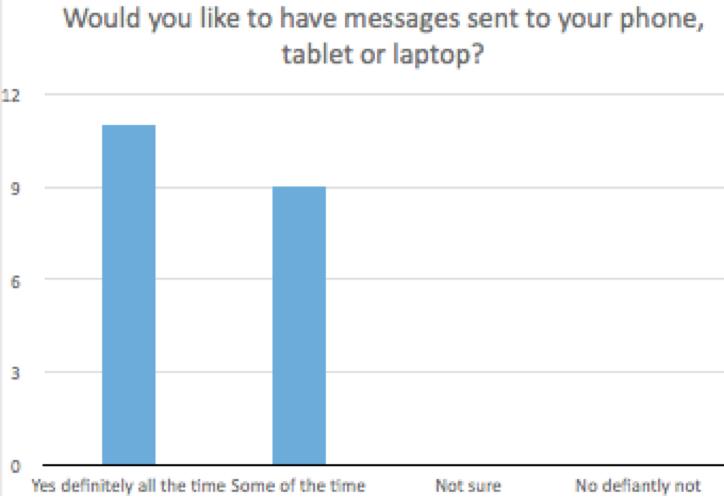
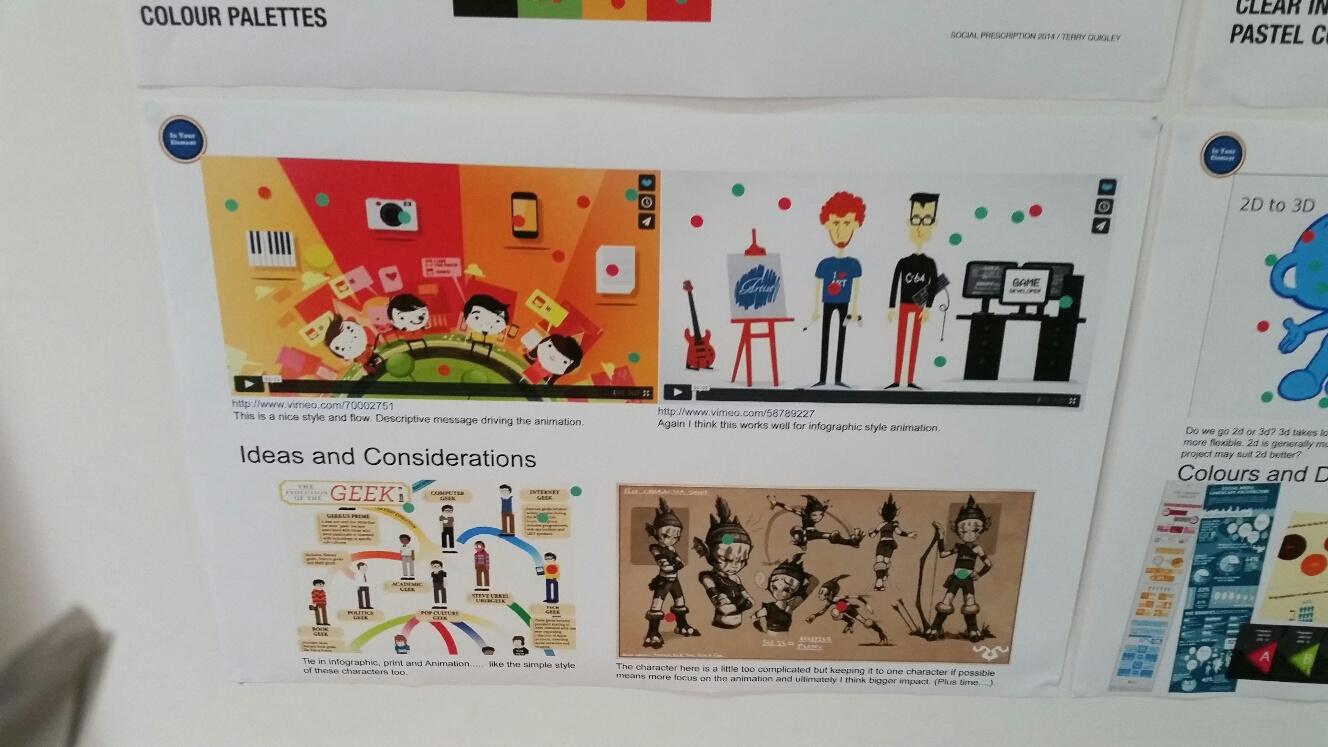
(b) Figure 7 –Question responses on (a) relationship between local knowledge and wellbeing and (b) communication preferences about local events In the second task, undertaken by 45 people, participants were asked to place coloured stickers on the most appealing design aspects of 8 mood boards presented to them (Figure 8-Figure 10). Each mood board consisted of colour palettes, animation designs, infographics and poster campaign designs relating to health messages.
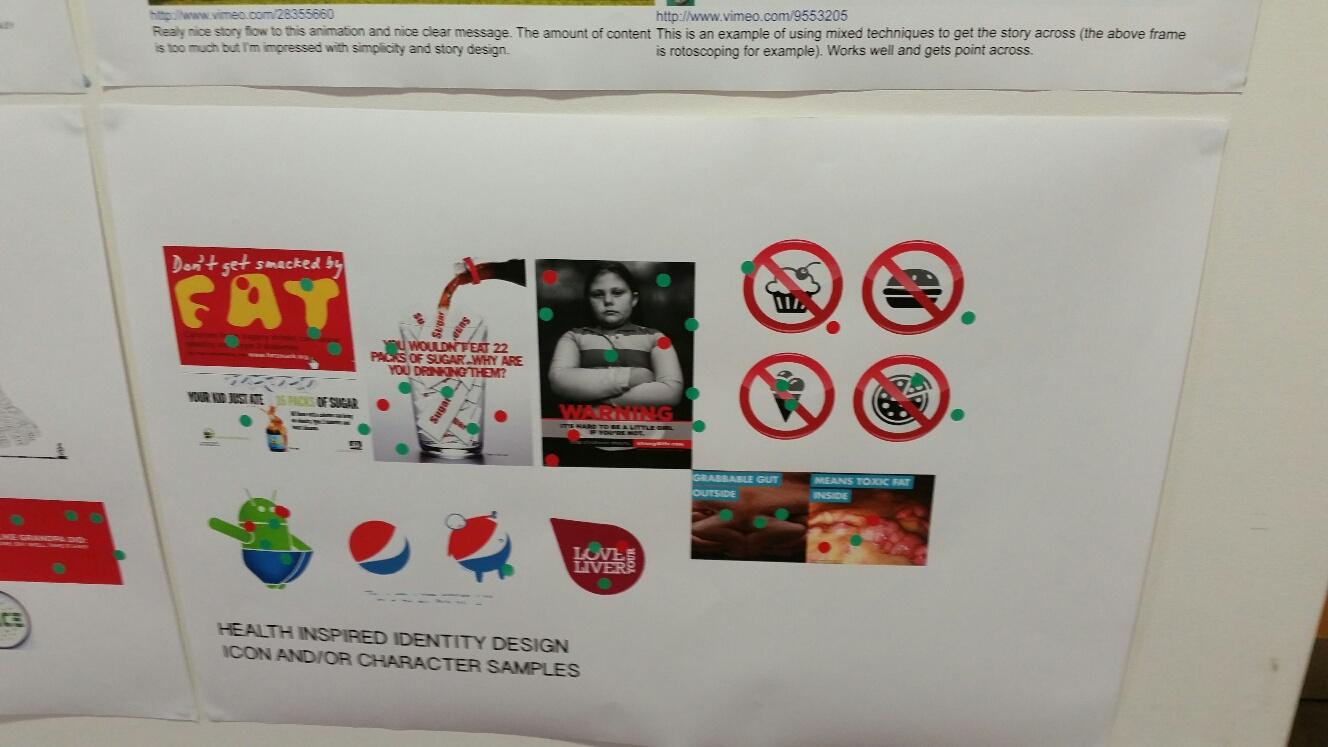

Figure 8 –(a) Participants interacting with design options and (b) example design options
Figure 9–Heath inspired identity design –icon and character option
Figure 10–Colour and design options The process resulted in a high volume of diverse design solutions. Six student groups produced 12 prototype designs and 32 students produced 32 different design proposals, each with substantial conceptual support work. Each student submission contributed multiple low fidelity paper or digital prototypes and high fidelity final visualisations, as static image and animated visual communication outputs (Figure 11and Figure 12.)

Figure 11–Social Prescription App interface prototypes (I)

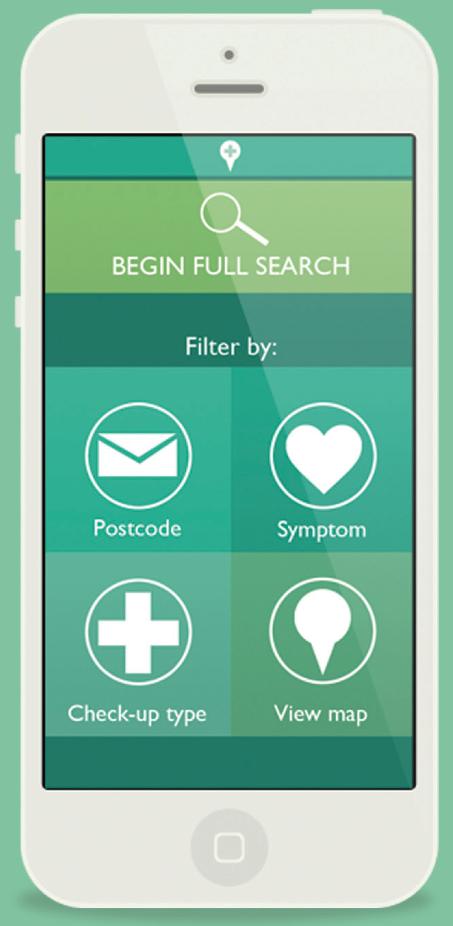

Figure 12–Social Prescription App interface prototypes (II) Moreover, it was identified that the combination of professional client working together with students in a shared study space was mutually beneficial and resulted in the production of a wide range of design solutions.
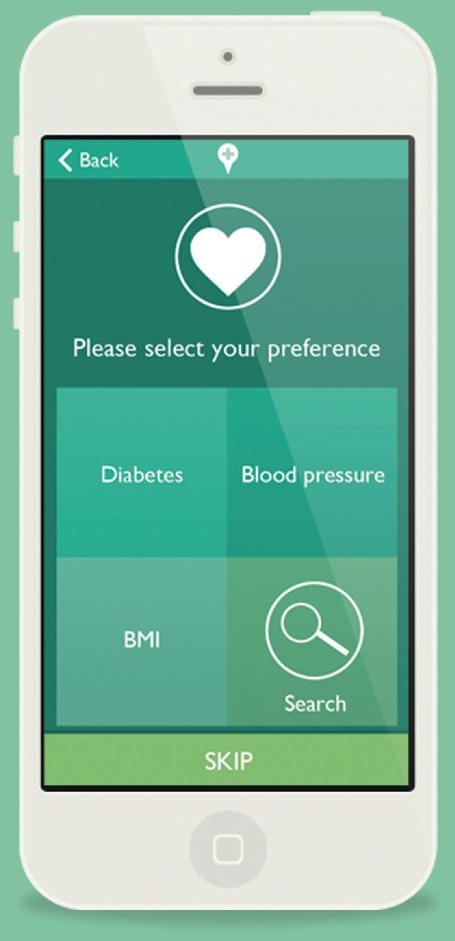

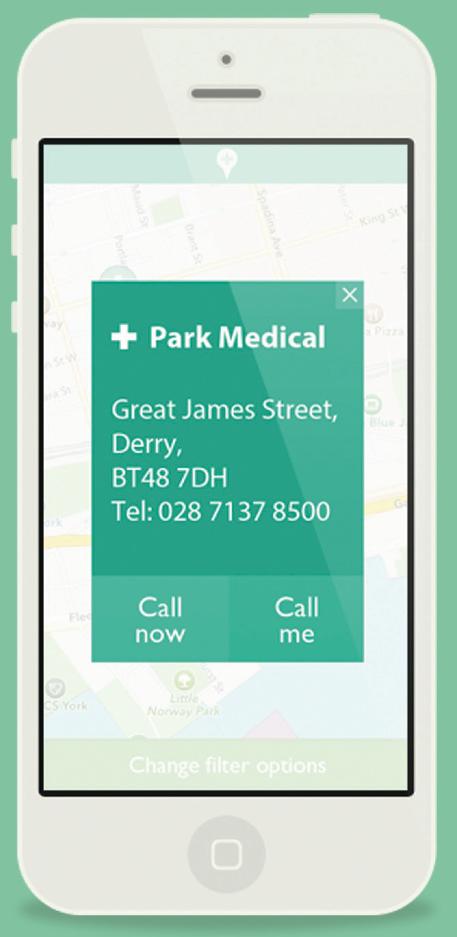
Figure 13–Student-client workshops The clients found the busy creative environment of the design studio invigorating, productive and responsive to their input, whilst students were equally motivated by the presence and contribution of real clients presenting real world design issues and challenges in an environment usually reserved for more formal teaching (Figure 13).

6 Discussion and Conclusions
This paper has explained the concept of social prescription services, which aims to offer those with long-term conditions non-pharmacological interventions to help them manage their conditions. For example, by enabling opportunities such as individuals and/or groups being able to join local cookery clubs, walking groups, condition specific support groups or facilitating home visits for someone who is housebound. The socio-economic distribution of long-term conditions is not evenly spread with a higher incidence and prevalence of individuals with long-term conditions in lower socio-economic groups. The severity of long-term conditions is
also linked to socio-economic groups with greater severity of conditions in those with a lower socio-economic status.
Individuals at a lower socio-economic level or status represent a hard-to-reach group of people who are often time and cash poor and may benefit from greater clarity in social prescription messages and communications aimed at improving their health literacy and subsequently their self-management behaviour and physical and mental health. An abundance of programmes and services exist which improve an individual's health and wellbeing. More often those that need to access these services most do not tend to do so, simply due to lack of awareness and knowledge about the availability of such interventions. Providers of these programmes and services tend to not possess the budget for widespread advertising and promotion and concentrated efforts targeted at those most in need. This approach to health and wellbeing improvement ensures that specific conditions and behaviours are assessed before the introduction of the individual to a ‘social’ activity or initiative. Therefore, the likelihood of engagement is stronger given the individual's involvement in choosing from a suite of options available to them in their local area. As a consequence the knowledge, understanding and awareness of the individual's health condition and route to health improvement has a greater potential to be maximised.
The community development approach used in developing this concept is both unique and critically important given the complexity of the behaviours and barriers to health improvement of the end user. The digital technology, access to information about programmes and services and the individuals involved in the interface between clinicians, academics and the community are what sets this work apart from others.
In this study, the working partnership between the professional client and the students in a shared study space enabled the generation of ideas, aimed at improving social prescription messages and communications for hard-to-reach groups, which was mutually beneficial for both parties. The social media working group allowed easy, fast and open communication, particularly useful in planning and development phases of the project. Additionally, a high percentage of the prototypes presented met the clients brief.
Acknowledgements The authors wish to recognise the support provided to this work by Invest NI’s Innovation Voucher programme. Many thanks also to Mark Cullen and Padraic Lynch from the University of Ulster’s design team who helped design and run the workshops.
7 References
Blonde, L., Parkin, C.G. (2006). Internet resources to improve healthcare for patients with diabetes. Endocrine Practice. 2006;12 Suppl 1(suppl 1):131–7. Bostinno, 2012, bostinno.com/2012/06/11/can-health-apps-find-users-who-are-orare-about-to-be-really-sick/, last accessed 15 June 2014. Brink, S.J., Miller, M., Moltz, K.C. (2002). Education and multidisciplinary team care concepts for pediatric and adolescent diabetes mellitus. Journal of Paediatric Endocrinology and Metabolism. 15(8):1113–30.
Capjon, J. 2004. Trial-and-Error-based Innovation: Catalysing Shared Engagement in Design Conceptualisation, Oslo School of Architecture. Cheetham, S.C., Jackson, H.C., Vickers, S.P., Dickinson, K., Jones, R.B., Heal, D.J. (2004) Novel targets for the treatment of obesity: a review of progress. Cardiovascular and metabolic disease. Drug Discovery Today: Therapeutic Strategies. Volume 1, Issue 2, October 2004, Pages 227–235. Davidson R (2002) The Changing Marketplace in Latin America/Africa: LowIncome Consumers, the Challenge. In Cahn A (ed), Proceedings of the 5th World Conference On Detergents: Reinventing the Industry: Opportunities and Challenges., Oct. 2002, Montreux, Switzerland. Champaign, IL: AOCS Press: pp27- 32. Design Council 2013, http://www.designcouncil.org.uk/news-opinion/introducingdesign-methods, Last accessed 15 June 2014. DHSSPS, (2012) A Fitter Future for All: Framework for Preventing and Addressing Overweight and Obesity in Northern Ireland, 2012-2022, www.dhsspsni.gov.uk/framework-preventing-addressing-overweight-obesity-ni2012-2022.pdf, Last Accessed20 September 2012. The Diabetes Control and Complications Trial Research Group, authors. (1993). The effect of intensive treatment of diabetes on the development and progression of long-term complications in insulin-dependent diabetes mellitus. New England Journal of Medicine. 329(14):977–986. Eysenbach, G. (2008). Medicine 2.0: social networking, collaboration, participation, apomediation, and openness. Journal of Medical Internet Research. 10(3):e22. Golden, S.H., M. Lazo, M. Carnethon, et al., (2008) Examining a bidirectional association between depressive symptoms and diabetes. JAMA. 299(23): p. 2751-9. FORESIGHT (2007) Tackling Obesities: Future Choices –Project Report, 2nd Edition, Government Office for Science, www.bis.gov.uk/assets/foresight/docs/obesity/17.pdf, Last accessed 17 September 2012. Jackson, C.L., Bolen, S., Brancati, F.L., Batts-Turner, M.L., Gary, T.L. (2006). A systematic review of interactive computer-assisted technology in diabetes care. Interactive information technology in diabetes care. Journal of General Internal Medicine. 21(2):105–10. King’s Fund, 2012, http://www.kingsfund.org.uk/time-to-thinkdifferently/trends/disease-and-disability/long-term-conditions-multi-morbidity, Last accessed 15 June 2014. Kirk, A., Barnett, J., Leese, G. and Mutrie, N. (2009). A randomized trial investigating the 12-month changes in physical activity and health outcomes following a physical activity consultation delivered by a person or in written form in type 2 diabetes: Time2Act. Diabetic Medicine, 26, 293-301. Maio, G., Manstead, A., Verplanken, B. et al. (2007). Lifestyle Change. Evidence Review. Foresight Tackling Obesities: Future Choices (http://www.foresight. gov.uk). McMahon, G.T., Gomes, H.E., Hickson-Hohne, S., Hu Tang, M.J., Levine, B.A., Conlin, P.R. (2005). Web-based care management in patients with poorly controlled diabetes. Diabetes Care. 28(7):1624–9. Mulvenna, M.D., McCann, A., O’Kane, M., Henderson, B., Kirby, K., McKay, D., (2013) A Proposed Framework for Supporting Behaviour Change by Translating Personalised Activities into Measurable Benefits, In: Obaidat, S.M., Sevillano, J.L., Zhang, Z., Marca, D., van Sinderen, M., Sarigiannidis, P., Castoldi, P., Torres-
Padrosa, V., (eds), Proceedings of the Tenth International Conference on eBusiness, SCITEPRESS. O'Kane MJ, McMenamin M, Bunting B, Moore A, Coates V (2010) The relationship between socioeconomic deprivation and metabolic/cardiovascular risk factors in a cohort of patients with type 2 diabetes mellitus, Primary Care Diabetes. 4:241-249. Stead, M., McDermott, L., Angus, K., Hastings, G., (2006) Marketing Review Final Report, NICE, Institute for Social Marketing (ISM) at Stirling, Open University. Tuomilehto, J., Lindström, J., Eriksson, J.G., Valle, T.T., Hämäläinen, H., IlanneParikka, P., Keinänen-Kiukaanniemi, S., Laakso, M., Louheranta, A., Rastas, M., Salminen, V. and Uusitupa, M. (2001). Prevention of type 2 diabetes mellitus by changes in lifestyle among subjects with impaired glucose tolerance. New England Journal of Medicine, 344(18), 1343-1350. Verhoeven, F., van Gemert-Pijnen, L., Dijkstra, K., Nijland, N., Seydel, E., Steehouder, M. (2007). The contribution of teleconsultation and videoconferencing to diabetes care: a systematic literature review. J of Medical Internet Research. 9(5):e37. Viklund, G., Ortqvist, E., Wikblad, K. (2007). Assessment of an empowerment education programme. A randomized study in teenagers with diabetes. Diabetic Medicine. 24(5):550–6. World Health Organization Regional Office for Europe. (2005). [accessed:28-02- 2013]. website World Health Assembly resolution on eHealth (WHA58.28) http://apps.who.int/gb/ebwha/pdf_files/WHA58/WHA58_28-en.pdf World Obesity Federation, 2014, http://www.worldobesity.org/what-we-do/policyprevention/, Last accessed 15 June 2014.







